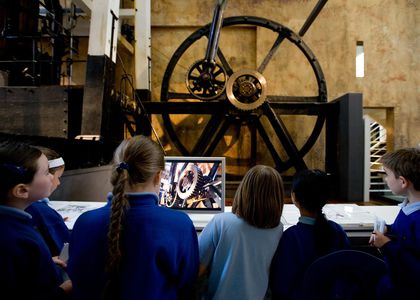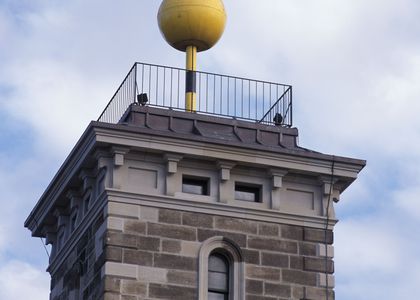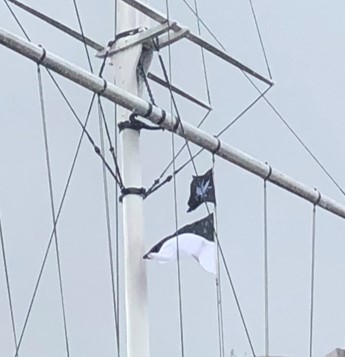
The equinox in March is one of the important turning dates in the year. While in Australia it marks the shortening of days and the coming of winter other parts of the world see it differently. Tina Baradaran is an educator and astronomy guide at Sydney Observatory and has completed her studies in Medical Radiation Physics. In this post Tina discusses the autumnal & vernal equinox and its importance in Persian culture…
On March 21, 2019 at 8:58am Australian Eastern Daylight Time the Earth reaches one of the two equinox points when the Sun shines directly down on the equator. The March equinox signals the beginning of spring in the northern hemisphere and the start of autumn in the southern hemisphere. Equinox comes from the Latin word ‘equinoctium’ meaning equal nights. On this date, day and night everywhere around the globe will last very nearly 12 hours each. Daytime though will always be a little longer than 12 hours due to the size of the Sun’s disc (and the specific definition of sunrise and set) and because of the atmospheric bending of light from the Sun. On the equinox the Sun rises due East and sets due West no matter where you may be.
From an astronomical point of the view equinox occurs at the point where the celestial equator and the ecliptic intersect. The ecliptic is the apparent path of the Sun’s yearly motion across the sky which is caused by the Earth revolving around the Sun. While in the southern hemisphere it is the Autumnal equinox, in the northern hemisphere it is the Vernal (or Spring) equinox where the days will now be longer than the nights.
From many years of observation, astronomers worked out that the Vernal equinox was occurring in the part of the sky known as the ‘First Point of Aries’. When Ptolemy first mapped the constellations in 150 BCE, Aries lay in that position. However, although still named the ‘First Point of Aries’, the vernal equinox now lies in the constellation of Pisces due to precession.
Officially, for many countries except Australia, this equinox marks the start of spring and autumn – with spring for the northern hemisphere beginning at the time of the Vernal equinox and autumn for the southern hemisphere beginning at the time of the Autumnal equinox.
For a number of reasons – the year does not consist of a whole number of days; an extra day is added to February every fourth year; your time zone – the dates of the equinoxes vary somewhat between 20 and 21 March and 22 and 23 September.
The vernal equinox in Persian culture
The Vernal equinox is an extremely significant event in Persian culture. Persian astronomers used to assign letters to constellations. The letter which was assigned to the constellation of Aries the Ram was ‘A’. The next constellation along, Pisces was assigned the letter ‘B’ and so on. Therefore, this was an extremely important part of the sky. This is where Persian astronomers decided to mark the Vernal equinox as the beginning of spring, the start of new life, the start of the new year.
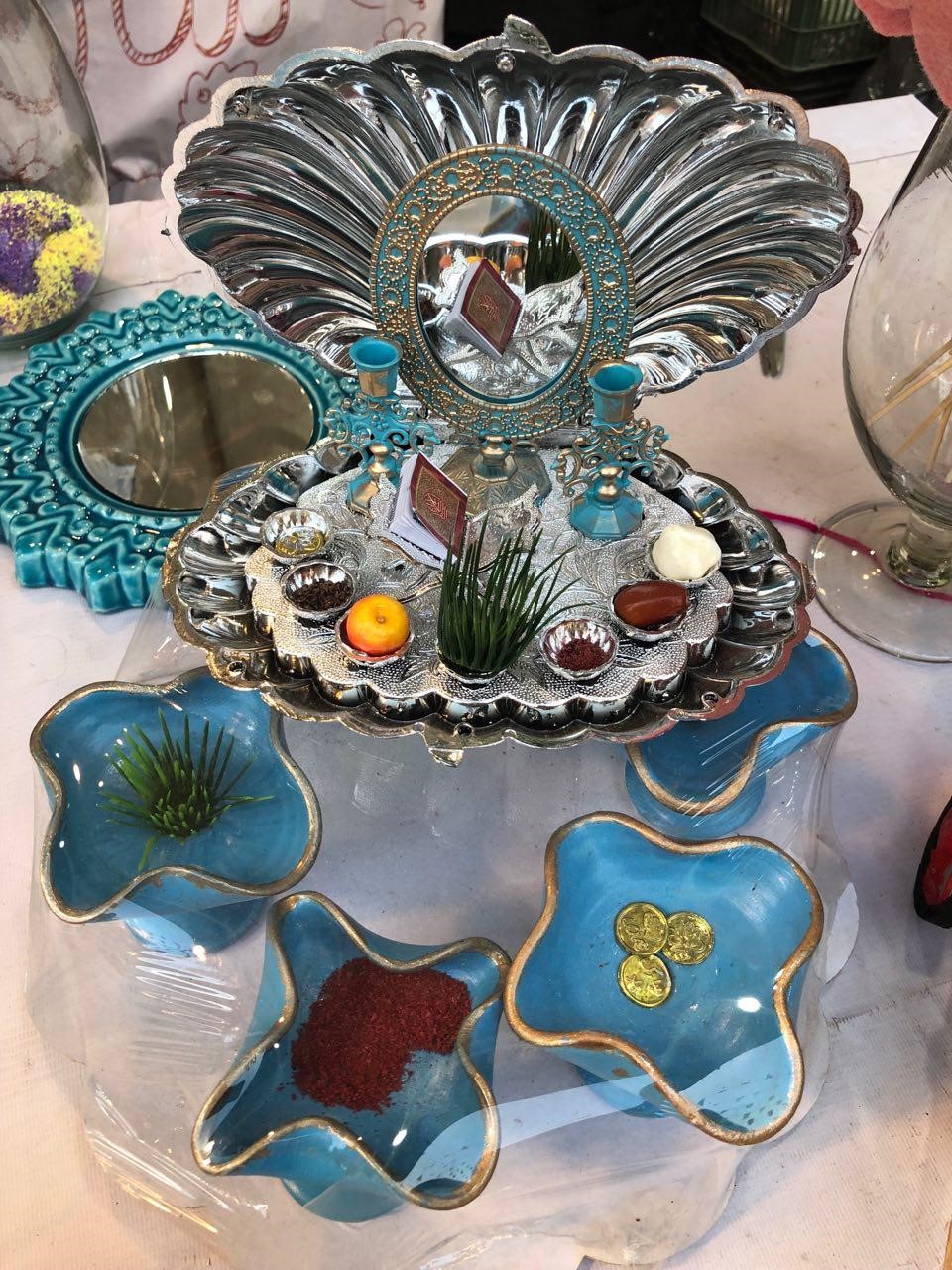
In Persian culture the Vernal equinox marks the start of the Persian New Year which is called Nowruz, meaning ‘New Day’. It is the new day that starts the year, traditionally the exact astronomical beginning of Spring. It is the day that the Sun completes its cycle of passing through all the ‘Celestial Stations’ which are the known as the Zodiac Signs and enters the first station which is known as ‘Aries’ in Western Culture or ‘Haml’ in Persian Culture. It takes the Sun 365 days and nights, 5 hours 28 minutes and 50 seconds to complete the full circuit and to return to the Celestial Station ‘Haml’. The day when the Sun completes its stay at the last Celestial Station and enters the first Celestial Station falls on the 21st March and is known as Nowruz.
Considerable importance is attached to this day, for it was on this day that the Sun shone brightly from the Celestial Station ‘Haml’. It was believed that the Universe was created on this day, the cold winds started to blow, and the Earth became fertile to bear trees, vegetables and fruits and other necessities for mankind.
The Persians give importance to this day as it is the start of their New Year which is celebrated worldwide. Nowruz, the Persian New Year, is celebrated with the Haft Seen Table (the seven S’s). This table is laid in every Persian home with seven items beginning with the letter “S”: Sabzeh (green grass) for rebirth and rejuvenation, Somagh (sumac powder) for the sunrise of a new day, Serkeh (vinegar) for the patience and wisdom that comes with aging, Samanou (a sweetmeat made of germinated wheat) for wealth and fertility, Senjed (a dried lotus) or Sonbol (hyacinth) for love, Sib (apple) for beauty and health, and Seer (garlic) for medicine and taking care of oneself. It is believed that each item symbolises the seven guardian angels. Also on the table are a bowl of coloured eggs to represent the birth of the New Year, a ray of herbs previously sown to signify growth, goldfish in a bowl for freshness and burning candles and a mirror to reflect the light and joy of the New Year. These items along with a copy of the Holy Quran complete the traditional Haft Seen Table. Each item of the Haft Seen Table symbolises something important.
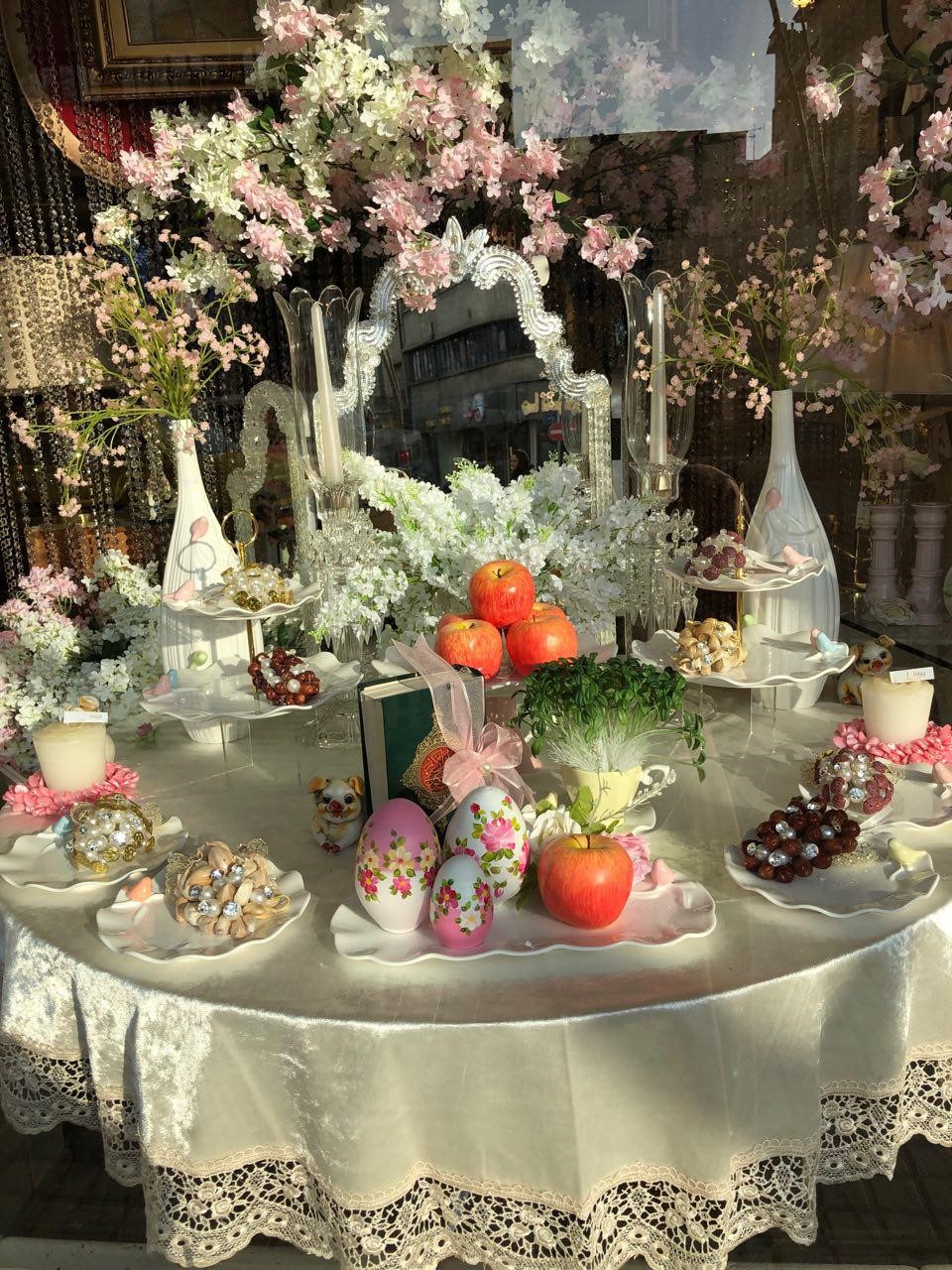
Nowruz highlights the exact astronomical beginning of spring and has been celebrated for over four thousand years by Persians. It is an ancestral festivity marking the first day of spring and the renewal of life. As one of the few calendars designed in the era of accurate positional astronomy, the Persian calendar uses a very complex leap year structure which makes it the most accurate solar calendar in use today.
Sydney Observatory would like to wish everyone a Happy Equinox and welcome the start of spring in the northern hemisphere and the start of autumn in (much of) the southern hemisphere. And we wish all those celebrating Nowruz, a Happy New Year.
Nowruz Piruz! Wishing you a Prosperous New Year!

